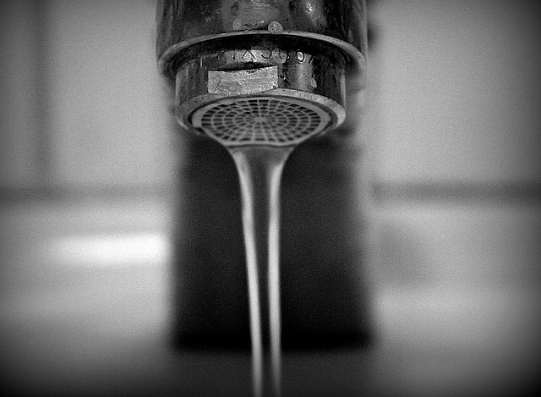
Dechlorinating tap water is a crucial step in creating a safe and healthy environment for your aquarium inhabitants. While commercial dechlorinators are widely available, there are natural methods to achieve the same goal without relying on chemical additives. In this guide, we’ll explore effective ways to dechlorinate tap water for your aquarium, ensuring the well-being of your aquatic friends through eco-friendly practices.
Understanding the Need for Dechlorination
Chlorine and chloramine, commonly found in tap water, are added by water treatment facilities to eliminate harmful bacteria. While necessary for human consumption, these chemicals can be detrimental to fish, invertebrates, and beneficial bacteria in your aquarium. Dechlorination is the process of neutralizing or removing these substances, safeguarding the delicate balance of your aquatic ecosystem.
1. Letting Water Sit: The Time-Honored Method
One of the simplest and most traditional ways to dechlorinate tap water is by allowing it to sit out for an extended period.
Chlorine is a volatile gas, and when left exposed to air, it will naturally dissipate over time.
By leaving tap water in an open container for 24 to 48 hours, you can effectively remove chlorine.
Keep in mind that this method may not be as efficient for water treated with chloramine, a more stable compound.
While chlorine will dissipate, chloramine requires a more prolonged exposure to air. If your tap water is treated with chloramine, consider combining this method with other dechlorination strategies for optimal results.
2. Aeration Through Air Stones: Enhancing Dissipation
Aeration accelerates the process of chlorine removal by increasing the water’s contact with the air. Using air stones or surface agitation devices in your aquarium or a separate container promotes the exchange of gases, facilitating the dissipation of chlorine.

Simply attach an air stone to a pump and place it in your aquarium or the container holding tap water.
The increased surface movement allows for a faster release of chlorine into the atmosphere. This method is particularly effective when combined with the “Letting Water Sit” approach.
3. Boiling Water: Speeding Up the Process
Boiling tap water is an expedited method to dechlorinate and remove chlorine gas. As the water reaches its boiling point, chlorine escapes as a gas, leaving behind dechlorinated water. Boiling is a quick and efficient option, but it may not be practical for large volumes of water.
Ensure that you allow the water to cool before adding it to your aquarium, and be cautious if your tap water is treated with chloramine, as boiling does not effectively eliminate this compound.
4. Vitamin C (Ascorbic Acid): Neutralizing Chloramine
For tap water treated with chloramine, a more stable chlorine compound, using vitamin C (ascorbic acid) can effectively neutralize it.
Ascorbic acid reacts with chloramine, breaking it down into harmless components. You can use crushed vitamin C tablets or powdered ascorbic acid, available at health food stores.
To dechlorinate tap water using vitamin C, simply add the crushed tablets or powder to the water and allow it to dissolve. Monitor the water’s clarity and ensure all traces of ascorbic acid are gone before introducing it to your aquarium.
5. Activated Carbon Filtration: A Continuous Solution
Using activated carbon in your aquarium filter is a reliable and continuous method for dechlorination. Activated carbon has a porous structure that effectively adsorbs chlorine and chloramine from the water, making it a popular choice among aquarium enthusiasts.
Ensure that your activated carbon is fresh and regularly replace it according to the manufacturer’s recommendations for optimal dechlorination performance. This method is suitable for both chlorine and chloramine removal, providing ongoing water treatment as part of your aquarium filtration system.
Conclusion: Embracing Natural Dechlorination Practices
Dechlorinating tap water for your aquarium doesn’t always require commercial additives. By incorporating natural methods into your routine, you not only promote the health of your aquatic inhabitants but also embrace eco-friendly practices in your aquarium maintenance.
Experiment with these dechlorination strategies, considering the specific needs of your aquarium and the treatment chemicals present in your tap water.
Remember to test the water parameters regularly to ensure a safe and stable environment for your fish, invertebrates, and plants. As you navigate the art of dechlorination, you’ll discover a balance that aligns with both the well-being of your aquarium and your commitment to sustainable practices.
